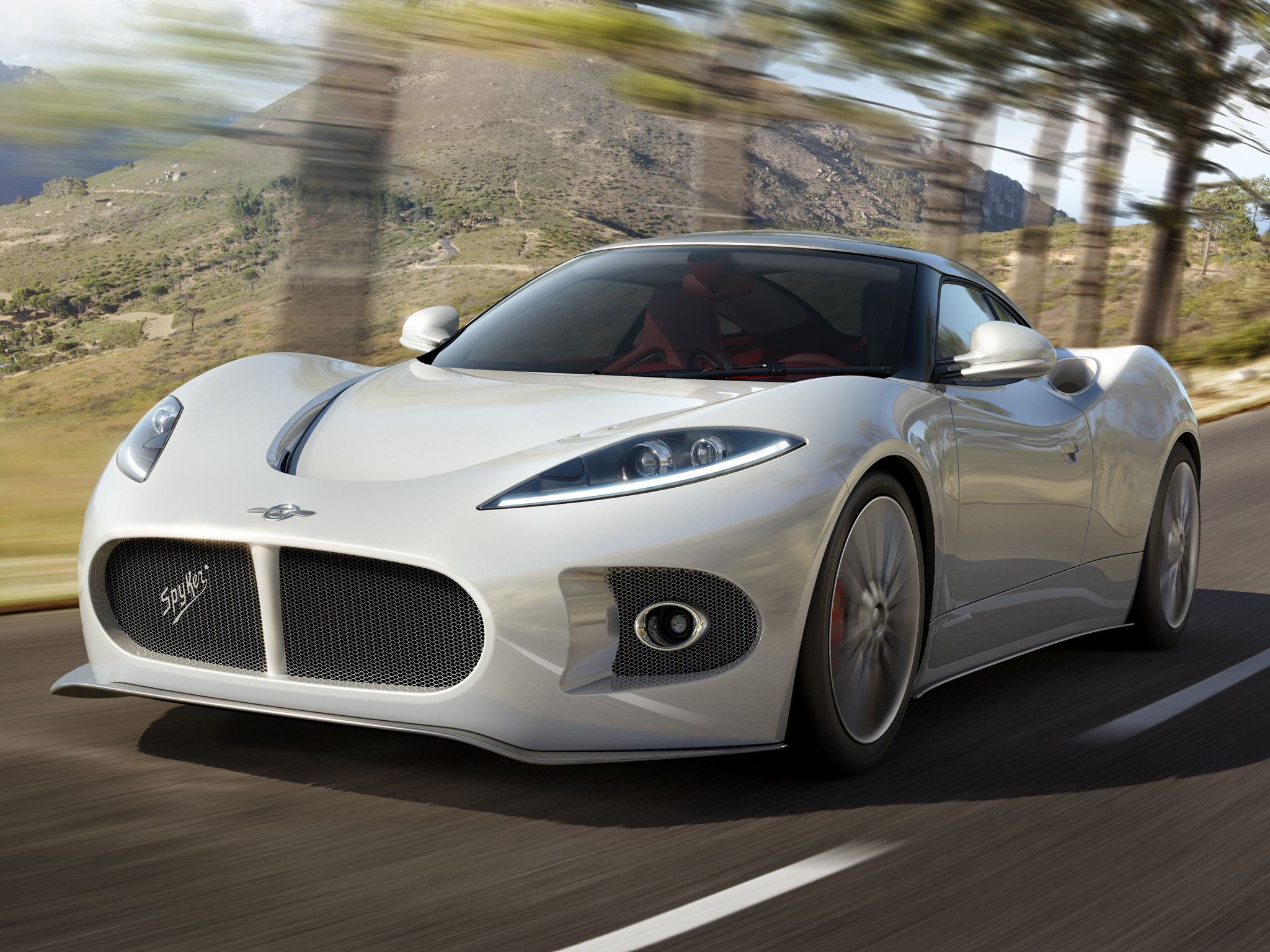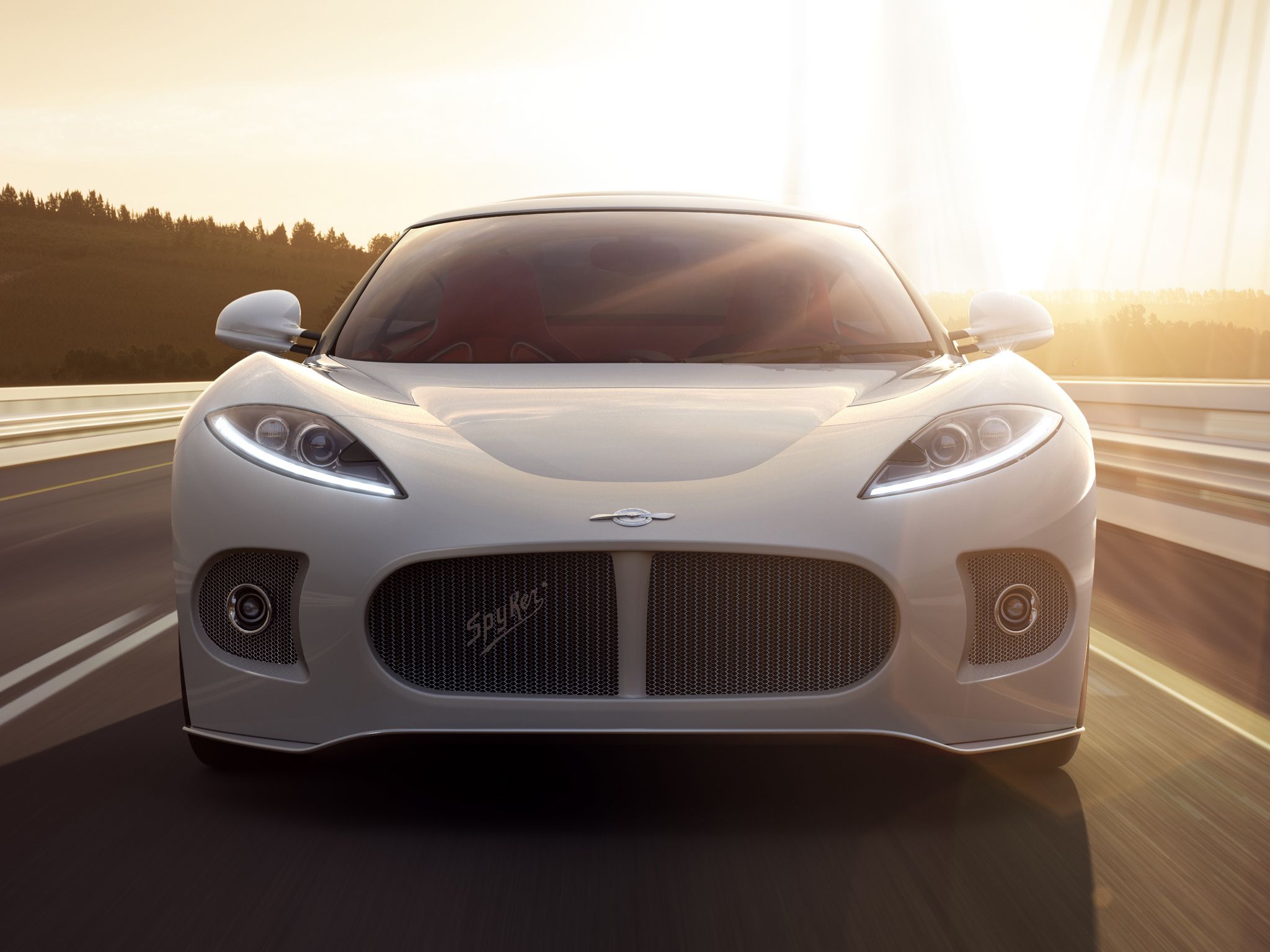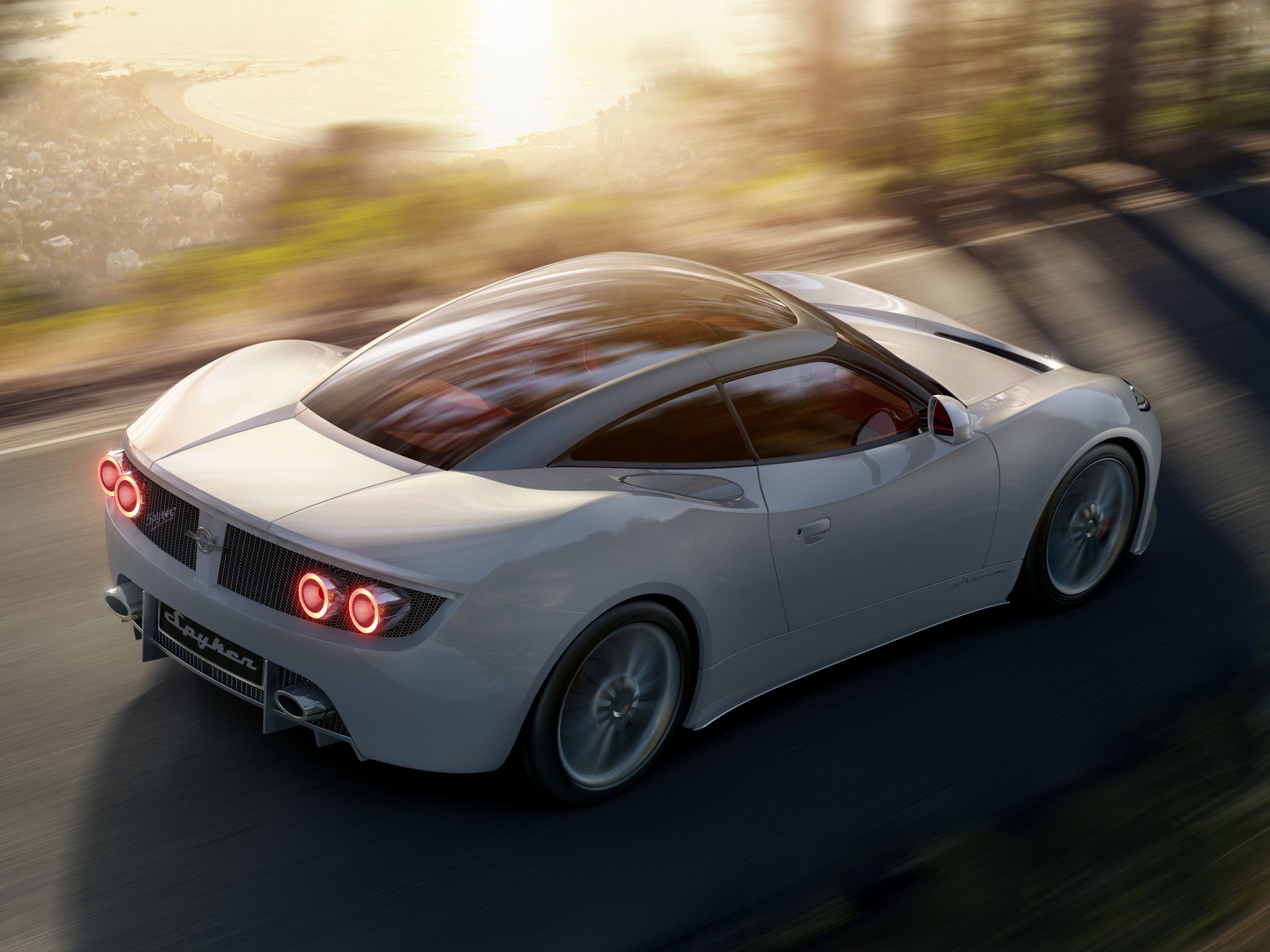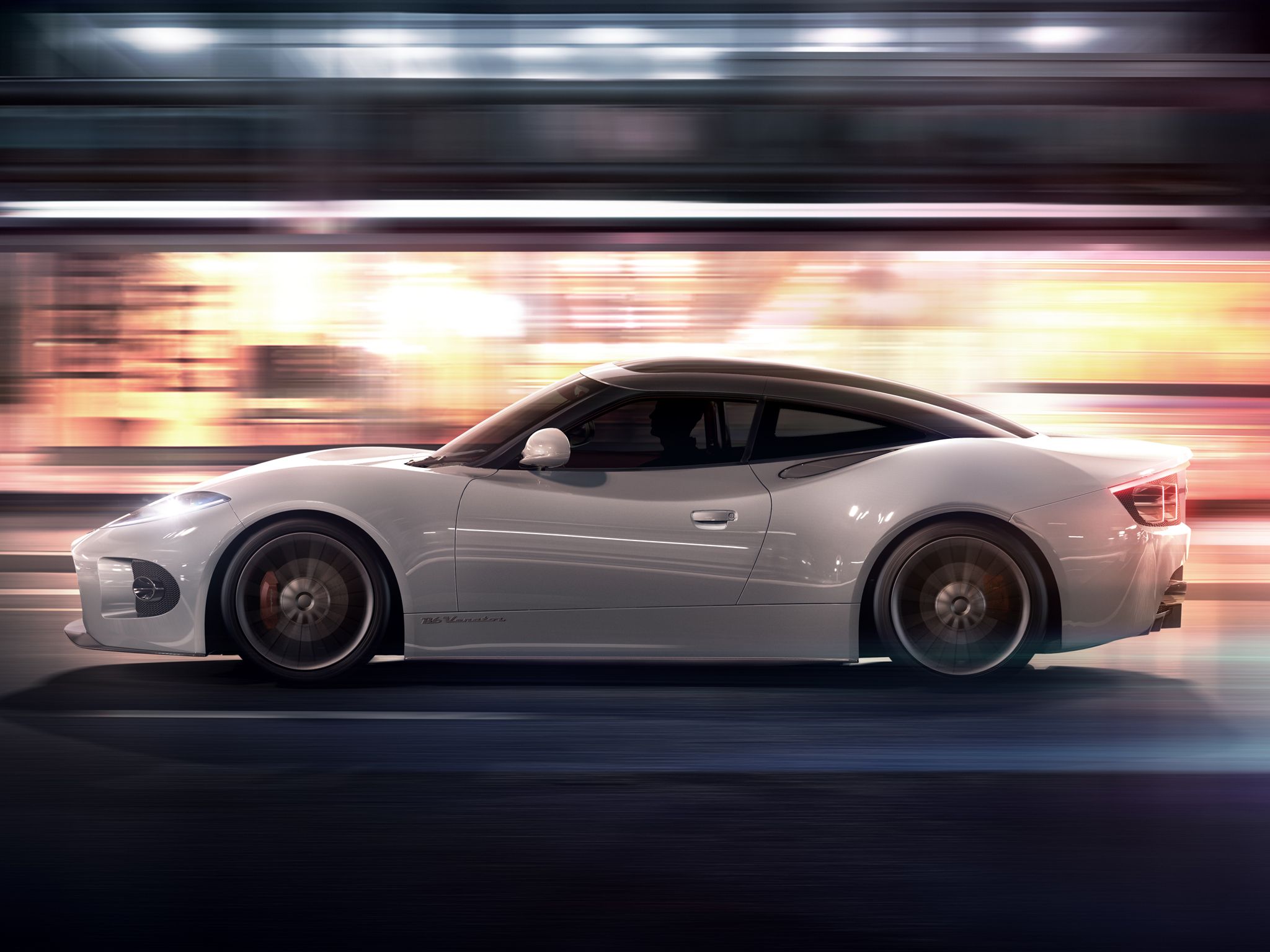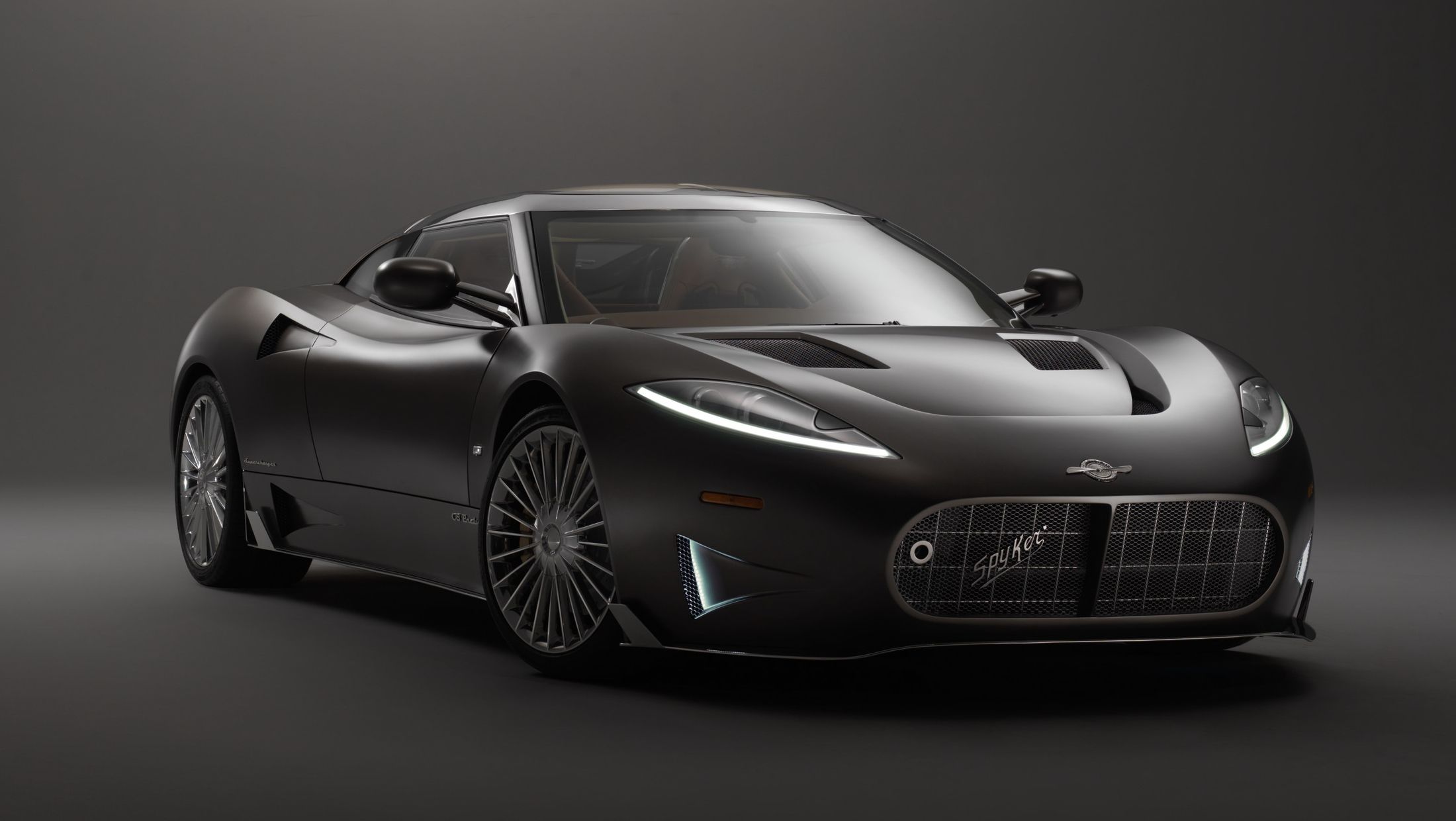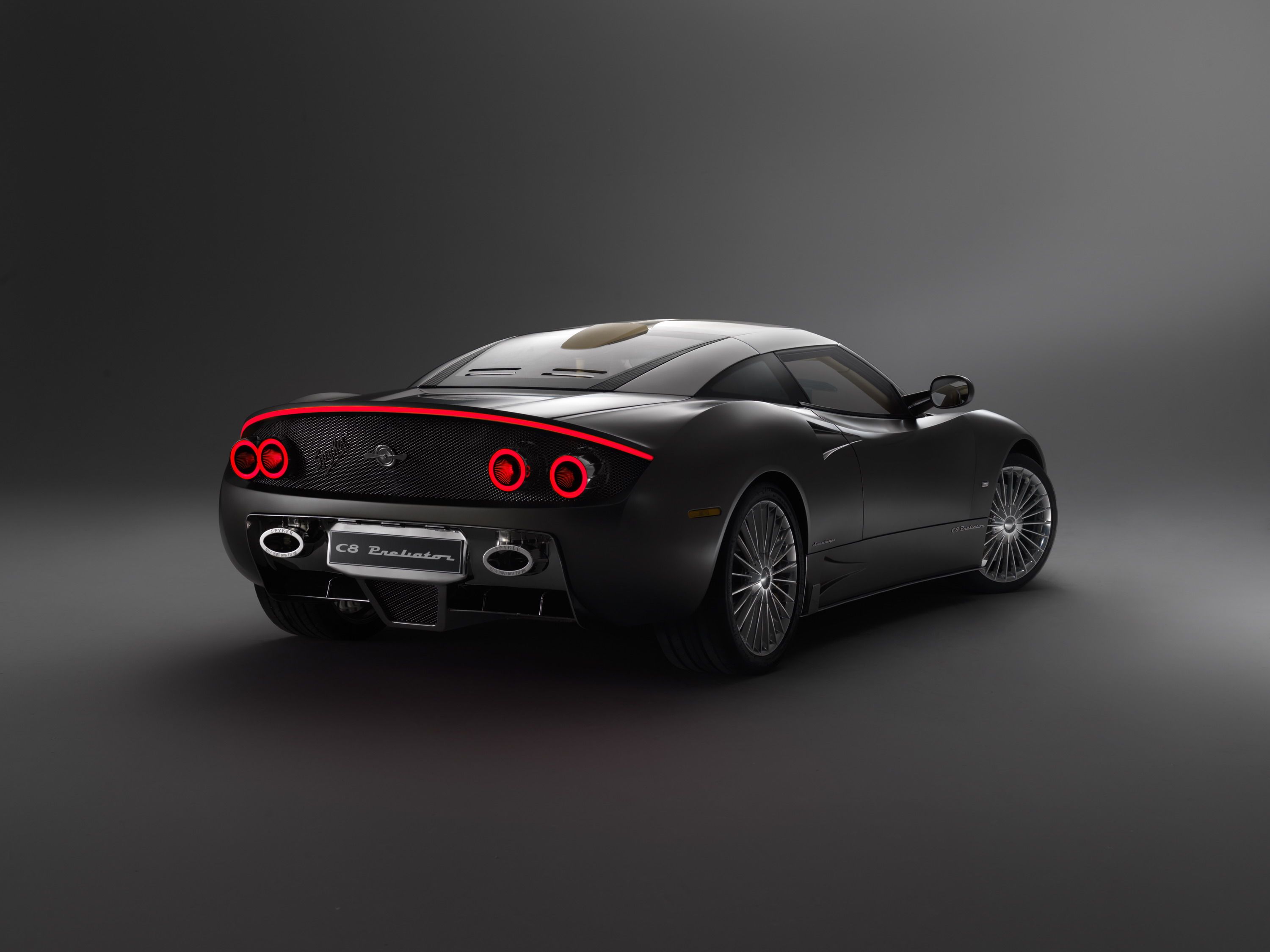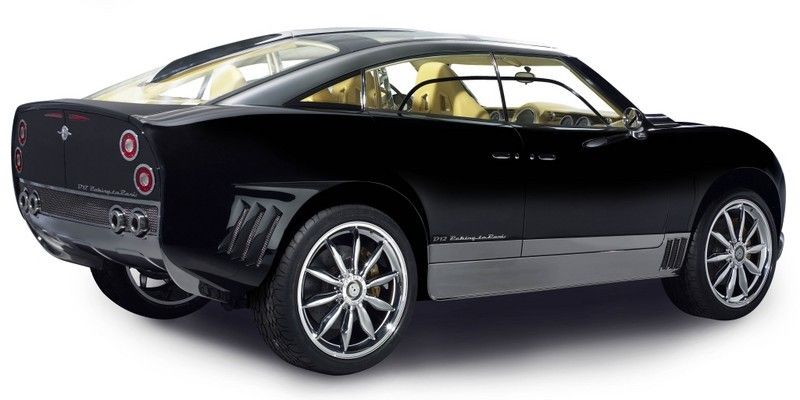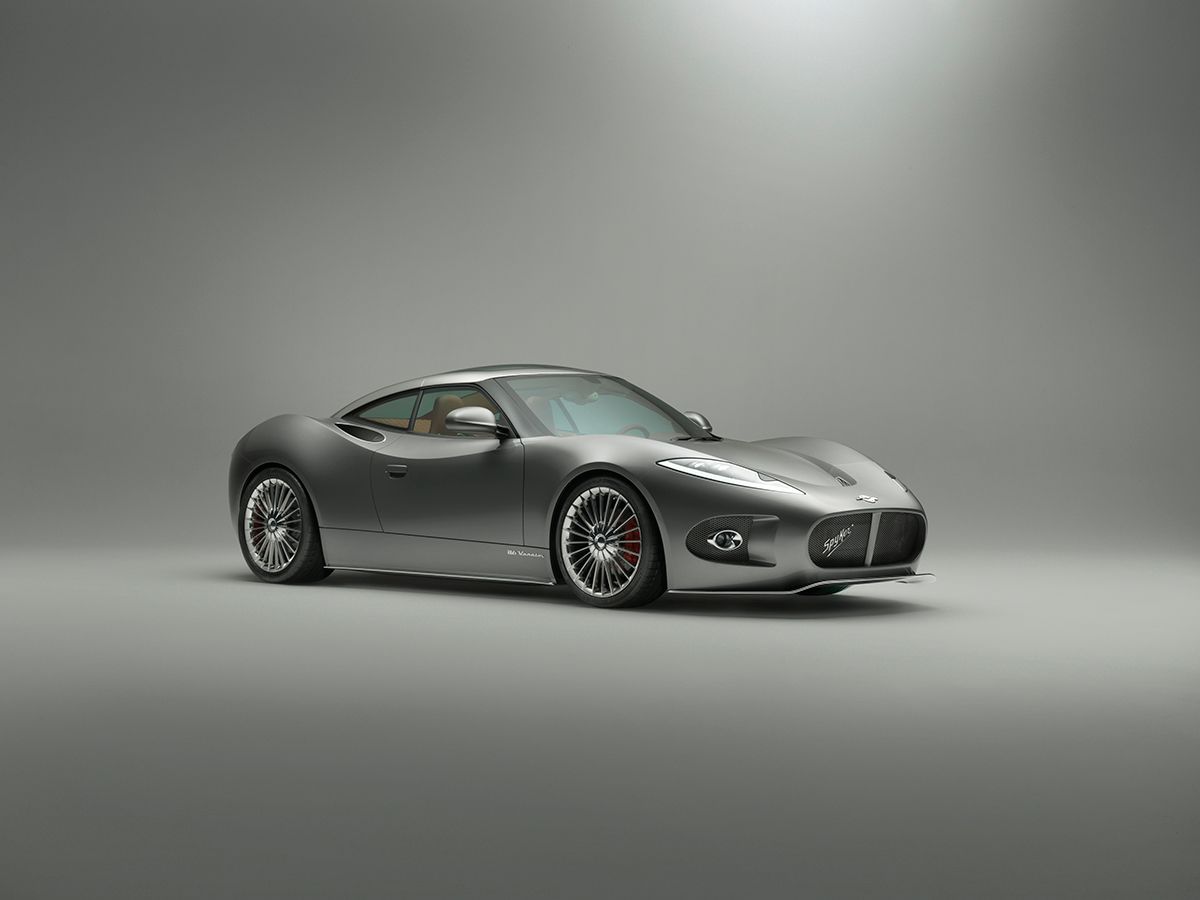After repeated brushes with the auto world’s equivalent of the grim reaper, Spyker has once again been brought back to life courtesy of new partnerships forged with a bevy of Russia-owned motorsport companies.
The collaboration between Spyker and BR Engineering, SMP Racing, and the Milan Morady marketing company will allow Spyker to finally resume operations and bring to life its intended goal of launching three new models, starting from 2021. Among the models that are in the pipeline include the C8 Preliator, D8 Peking-to-Paris, and the B6 Venator. No specific timetable has been set for each model’s release, but with the finances now in place, the long wait for these models is close to being over.
How did Spyker get into all this trouble?
Spyker’s fortunes as an automaker have been well-documented. The automaker that traces its roots to Spyker N.V. — one of the oldest automakers in the world — returned to the automotive scene in 1999 after sitting on the sidelines since 1926. That’s 73 years, folks. Since its rebirth in 1999, Spyker produced a handful of exclusive sports cars, most prominently the C8 Spyder, C8 Laviolette, and the C8 Double 12 S.
Between ownership changes, financial troubles, and production difficulties, Spyker faced one debilitating challenge after another. Spyker still found time to roll out a few concept vehicles, but those concepts never amounted to production models. It speaks to Spyker’s fortunes that the last model it sold was back in 2012.
What’s new this time?
Spyker, in its current form, basically found partners that are willing to infuse the company with money that will allow the automaker to finally bring some of its concepts to life. The collaboration with Russian motorsport outfits BR Engineering and SMP Racing that’s owned by Russian oligarch Boris Rotenberg, as well as the Milan Morady marketing company headed by Rotenberg’s business partner Michail Pessis, means that we’ll finally get to see the Spyker models that have long been promised to us.
In addition to the expected arrivals of the C8 Preliator, Peking-to-Paris, and B6 Venator, the collaboration between Spyker and its new partners will also result in the setting up of an after-sales department and service facilities in its new production plant in Germany. This facility will cater to owners of the 365 Spyker cars that have been built to date. A new “flagship store” will also be opened in Monaco in 2021, followed by more dealerships all over the world in the future.
These dealerships will eventually host the three models that Spyker intends to launch in the market, beginning in 2021.
What can we expect from the three models Spyker has in the pipeline?
Spyker C8 Preliator
Spyker first introduced the C8 Preliator at the 2016 Geneva Motor Show. That’s how long it’s been since the model made its debut so it’s hard to expect whether we’re going to see the same C8 Preliator once it hits the market in a year or two. On the one hand, it would be a shame if we never get to see that model again. The 2016 Spyker C8 Preliator was a stunner. From its imposing shape to its gullwing doors to its super luxurious interior, it was one of the most beautifully designed sports cars of that decade. On the other hand, we are looking forward to what Spyker has in store with the new C8 Preliator, especially if it’s going to come with a completely different look and maybe even a new engine.
On that end, the 2016 C8 Preliator was powered by a 4.2-liter supercharged V-8 engine that produced 517 horsepower and 443 pound-feet of torque. Again, we’re not sure if we’re going to see the same Audi-sourced engine on the upcoming Preliator — Spyker did sign an engine supply contract with Koenigsegg in 2017 that was eventually canceled — but, at the very least, the concept gives us a peek on what we can expect from the “new” C8 Preliator when it arrives, possibly as early as 2021. Don’t be surprised, too, if a hybrid powertrain is used this time around.
Spyker C8 Preliator specifications
|
Type |
90 degree V8 with VVT and compressor |
|---|---|
|
Capacity |
4.2-litre, 4172 cc |
|
Bore & Stroke |
84.5 x 93.0 mm |
|
Max power |
517 HP @ 6,800 RPM |
|
Max torque |
443 LB-FT @ 3,500 RPM |
|
Max revolutions |
7200 rpm |
|
0-100 kph (62 mph) |
3.7 seconds |
|
Max speed |
322 KM/H (201 MPH) |
Read our full review on the Spyker C8 Preliator
Spyker Peking-to-Paris
Of the three models that Spyker has in the pipeline, the D8 Peking-to-Paris SUV is the most interesting of them, and it’s not just because it has the weirdest name for a model in the entire industry. It’s been 14 years since Spyker announced plans to build the SUV, and nothing has come out of it. That model was called the D12 Peking-to-Paris on account of Spyker’s plan to use a Volkswagen W-12 engine for the SUV. Now, it’s the D8 Peking-to-Paris, which suggests that a V-8 engine could be used for this new version of the SUV. It might even be the same V-8 that Spyker plans to use in the Preliator.
Could Koenigsegg’s 5.0-liter twin-turbo V-8 engine — the same one that’s used by the Agera supercar — find its way into the Spyker D8 Peking-to-Paris? That was the plan when the two automakers announced their partnership in 2017. After all, Spyker’s plan for the D8 Peking-to-Paris is to market it as a super SUV that can compete against the Lamborghini Urus, Bentley Bentayga, and Rolls-Royce Cullinan.
Read our full review on the Spyker Peking-to-Paris
Spyker B6 Venator
If nomenclatures are an indication, the Spyker B6 Venator will sit as Spyker’s entry-level model. The concept car first appeared at the 2013 Geneva Motor Show, and while Spyker initially planned to have the sports car in the market in 2014, we all know what happened to those plans. Still, the B6 Venator that we saw in Geneva seven years ago had a lot of visual and mechanical potential.
Designing sports cars was one of the things that past incarnations of Spyker were good at. The Peking-to-Paris doesn’t count. That first iteration was ugly, to say the least. But the B6 Venator and, later on, the C8 Preliator were stunners. The Venator, in particular, looked like the kind of roadster you’d want people to see you driving. It didn’t hurt, too, that it was supposed to be powered by a V-6 engine that produced 375 horsepower. Unfortunately, the B6 Venator never made it to production, just like every other model that Spyker planned to release last decade.
Read our full review on the Spyker B6 Venator

